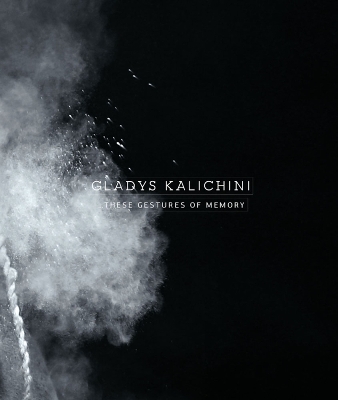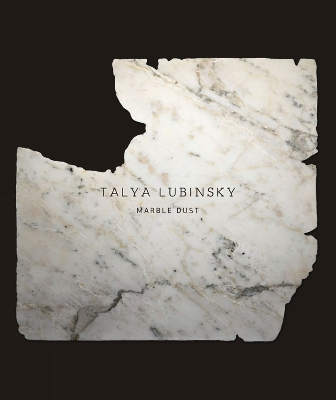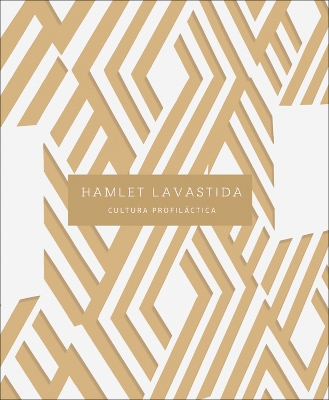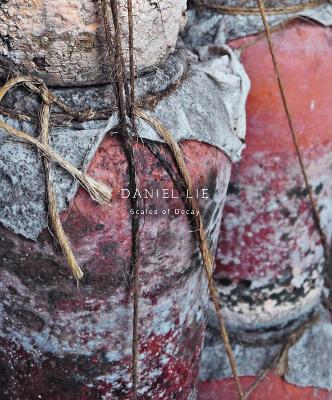Kunstlerhaus Bethanien
5 total works
In Berlin, the artist visited a range of initiatives and projects for refugees to learn more about how they see our society, which is foreign from their perspective. The works resulting from this experience address our frequently ambiguous attitude to what is foreign to us: whereas 'exotic' luxury items and food such as tropical fruit are regarded as positive and precious, people who come to us as refugees from the same countries are often rejected as being 'foreign,' and their 'exotic' nature is sometimes even perceived as a threat. Elia Nurvista portrays this ambiguity with subtle irony, for instance by affixing contemporary official quality seals and brand labels to Old Masters still life paintings or historical pictures of the 'noble savage,' thus adding a humourous and critical layer of meaning and turning them into new, independent pieces of work.
Gladys Kalichini
by Daniela Leykam, Christoph Tannert, and Kunstlerhaus Bethanien
In her elaborate multimedia installations and video art, which she often develops on the basis of research material and photos from archives, Kalichini highlights the omissions in the dominant representations of the two countries’ fight for freedom. She thus expands the history of their liberation struggle by drawing attention to the deletion and invisibility of female freedom fighters. By reminding the public of several of these women, Kalichini creates a diverse and complex alternative narrative of national independence.
Talya Lubinsky
by Daniela Leykam, Christoph Tannert, and Kuenstlerhaus Bethanien
Talya Lubinsky (born 1988 in South Africa) meticulously explores basic materials in her works which she uses to convey poetic meaning. The book presents her latest work “Marble Dust”. In the course of her research on cemeteries in South Africa, the artist discovered a place where political prisoners were buried who had been sentenced to death by the apartheid state in the 1960s. The remains of the murdered activists were disinterred between 2016 and 2019, and their bodies that had crumbled to dust were returned to their families.
For her project, Lubinsky studied the old ledgers that list grave numbers, names, and dates. She traced the outlines of their pages – most of which are torn – onto marble and cut out the shapes.
In this way, she has impressively reversed the vulnerability of paper and has translated it into a durable material that is composed of calcium, as are bones, and is frequently used for tombstones. The specific qualities of the material in Lubinsky’s art therefore act as a catalyst for reflection on their meaning.
Text in English and German.
Hamlet Lavastida
by Daniela Leykam, Christoph Tannert, and Kunstlerhaus Bethanien
Hamlet Lavastida (b. 1983 in Havana, Cuba, lives and works in Havana) creates installations made of posters, prints, collages, photos, and video clips compiled into comprehensive archives. He primarily uses texts, images, and symbols, as well as political speeches and ideological terminologies, from the 1960s, ’70s, and ’80s, the period in which socialism became increasingly institutionalised in his native Cuba. By re-appropriating and re-interpreting this material from an artistic perspective, Lavastida seeks to question the political developments of that era.
This publication showcases Lavastida’s most recent installation at Künstlerhaus Bethanien. Through his personal confrontation with those cultural archives, which are not recognised as such in Cuban society, Lavastida creates a kind of register and calls for a critical examination of Cuba’s history. In particular, he condemns the failure to raise awareness about and address the scars of the past in today’s Cuba.
A central pillar of Daniel Lie’s artistic practice is time – ranging from age-old memories to the beginning of the world, from the life span of a human being to the geological time of the elements. Lie’s art explores concepts such as life, death, and decay, as well as biographical relationships and heritage, with an approach that centres around personal memories, family stories, cultural objects, and natural products that survive for a long time and are linked to memories of the past. Taking a lifetime as a comparative measure, the works are inspired by developmental processes and the transition from one state to another. Installations, sculptures, and a combination of different media reveal the performative qualities of the referential objects – time, transience, and presence. Lie turns a spotlight on these three aspects by creating complex installations and giving pride of place to organic elements that grow and age and have life cycles of their own, such as plants and fungi. Engaging in an interdisciplinary exchange with mycologists, archaeologists, and environmental specialists, Lie addresses the fault lines in binary thought patterns such as science and religion, past origins and present existence, life and death, while attempting to subvert them.




